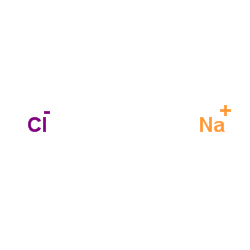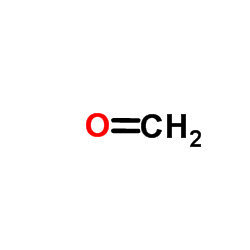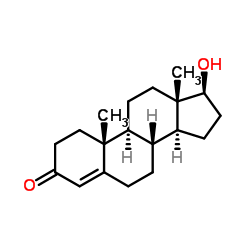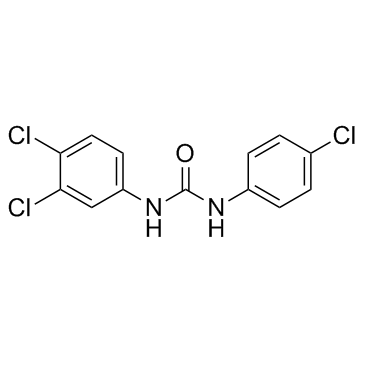| Structure | Name/CAS No. | Articles |
|---|---|---|
 |
sodium chloride
CAS:7647-14-5 |
|
 |
Formaldehyde
CAS:50-00-0 |
|
 |
SODIUM CHLORIDE-35 CL
CAS:20510-55-8 |
|
![[Tyr1]-Somatostatin-14 Structure](https://image.chemsrc.com/caspic/177/59481-23-1.png) |
[Tyr1]-Somatostatin-14
CAS:59481-23-1 |
|
 |
Testosterone
CAS:58-22-0 |
|
 |
Triclocarban
CAS:101-20-2 |